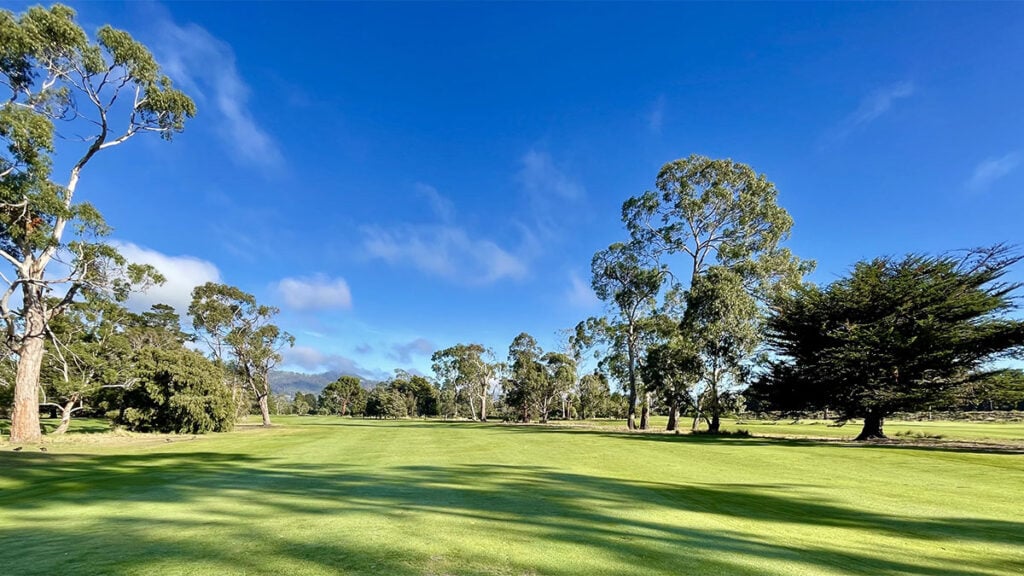[PHOTO: isaro]
One of the biggest changes to the Rules of Golf, perhaps since the death of the stymie, awaits in the not-too-distant future. The R&A and USGA are implementing new procedures for testing golf balls used at the elite level starting in 2028 and the recreational level from 2030. As you might imagine, some golf-ball makers and members of the PGA of America aren’t happy. The expected effect of the change is to roll back distance, particularly for players with faster swing speeds. Our Mike Stachura has the details of what could happen here.
RELATED: Our match is going to extra holes. How do handicap strokes apply now?
While it might be at least five years before the new balls become the ones you play, you might have some questions about the balls you currently carry in your bag. For example, who among us hasn’t pulled out a beat-up ball for a meaningless round in an effort to save the “good balls” for the golf that counts? Perhaps you might have even resorted to using a driving-range ball when you ran out of eggs or didn’t want to risk dunking a $9 multilayer urethane spud into a pond.
If you’re guilty of pulling a practice ball out from time to time, you might wonder if you’re running afoul of the rules in terms of potentially using a non-conforming golf ball. And what about those X-out balls you can get for $20 a dozen? Surely, they don’t offer the same performance characteristics of a premium ball. Does that mean they are non-conforming and would lead to a penalty or penalties if used during a round?
The good news is, you’re probably safe to use either a range ball or an X-out ball on the golf course. Rule 4.2a(1)/2 covers the status of these types of balls. It first defines what these types typically are. X-outs are typically stamped that way after a manufacturer has deemed them too imperfect to be sold otherwise. Range balls typically are “normal” balls that are simply stamped or painted so they are easy to identify and recover for golfers using the practice tee or short-game area.
A third category of balls you might wonder about are “refurbished balls”. This group typically includes stuff that is recovered at the bottom of ponds and/or other spots on the course where they accumulate in great numbers.
In all three cases you’re likely to get less-than-ideal performance, which is why they are less expensive and generally more disposable (can you say, water ball?). That difference in performance might lead you to believe that they are no good for a normal round of golf, but again, Rule 4.2 says unless there is “strong evidence” to suggest it is non-conforming, then there’s nothing wrong with pulling one out. (Although you might be in violation of a golf-course or club policy regarding their use, especially range balls.)
One more thing to consider is whether the course, club or tournament committee has adopted a local rule with a “list of conforming golf balls”. If so, refurbished and X-out balls are typically not permitted to be used, even if the model of the ball is on the conforming list. However, balls stamped “practice” or similar can be used regardless of the local rule.




